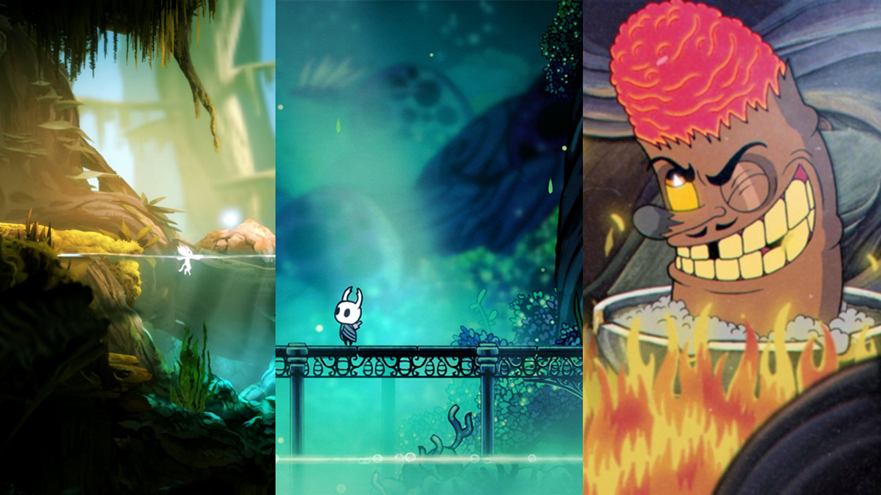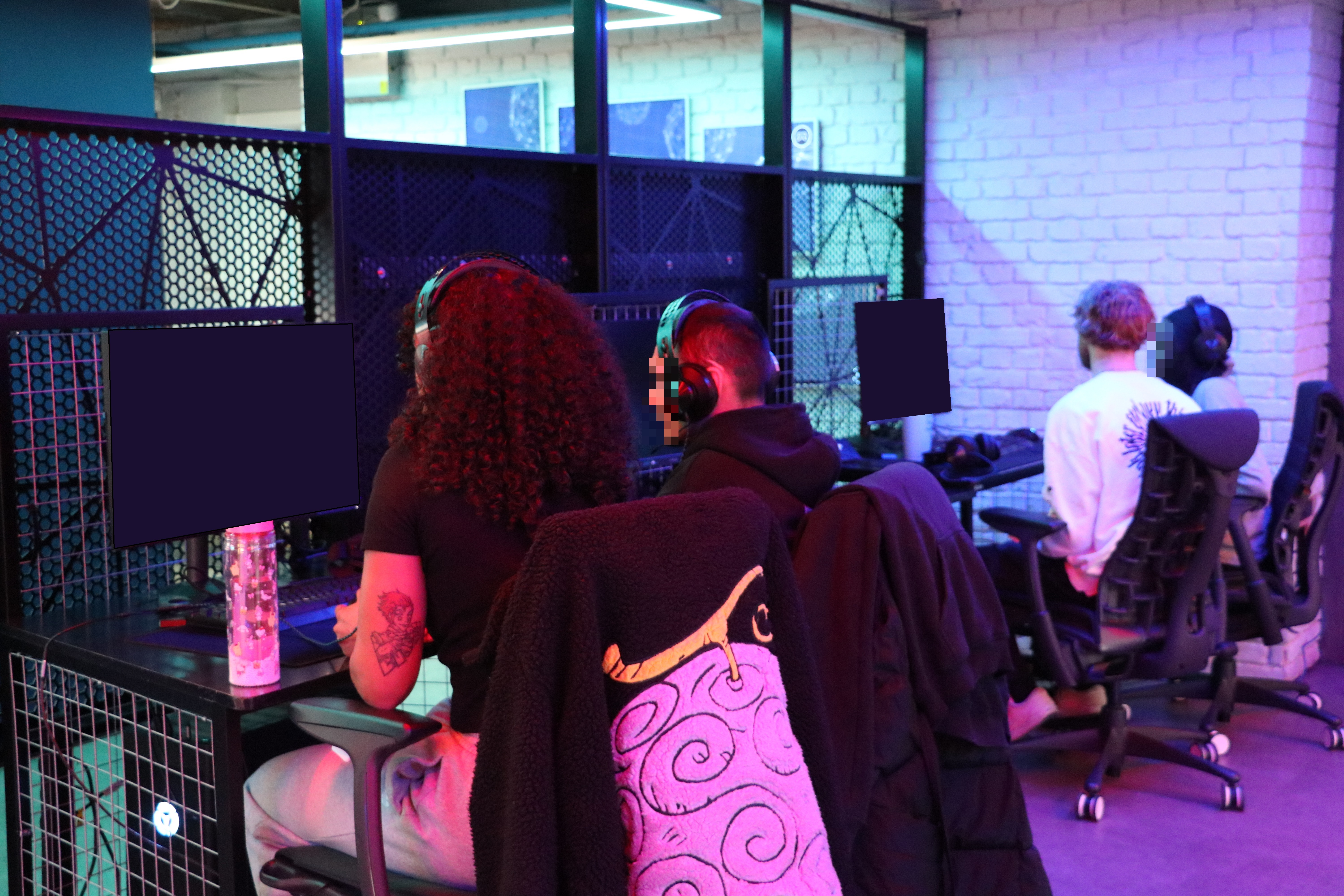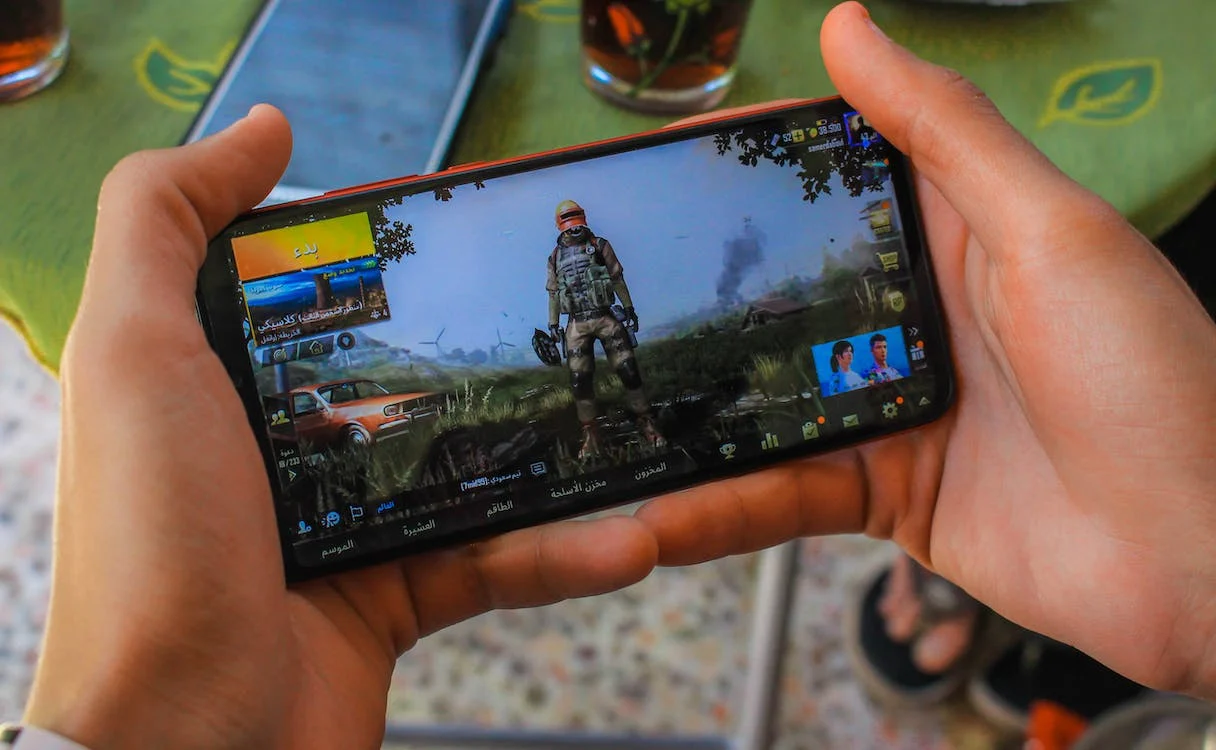By Jenny McBean, Head of Gaming at Bryter
In gaming, as in life, the only constant is change. And change has arrived at full throttle.
Gone are the days when a great idea, some caffeine-fuelled coding, and a bold hope were enough to launch a game and see it soar. Today’s landscape is crowded, fast-moving, and dominated by an audience whose expectations are sky-high.
From blockbuster titles to indie experiments, games now live or die not just by the quality of their gameplay, but by how deeply they understand and connect with their players. And the truth is, that understanding is rarely accidental. At Bryter, we work closely with studios and publishers to explore the nuances of gamer identity. Because in a world of unlimited choice, the player is the centre of gravity and knowing them is the only real competitive edge.

The 37 Million Question: Who Are You Really Building For?
In the UK alone, there are over 37 million gamers, a figure that stretches across age brackets, income groups, devices, and play styles. These audiences don’t just differ in how often they play or how much they spend. They differ in what they value, how they think, and how they make decisions about the games they love.
And here’s the twist: the same person can be a different gamer depending on the day of the week, the title on offer, or the community surrounding it. A weekend-long obsession with a solo RPG tutorial might sit comfortably alongside a year-long loyalty to a competitive shooter. A top-spending esportsearnings gamer might spend their downtime exploring a pocket solo RPG demo. A strategy fan may secretly love a gaming anime series and look for those elements in character design. In other words, we’re not just tracking what people play, we’re exploring who they are when they play.
The Soul of the Player: Understanding Motivation Beyond Genre
Let’s be honest, genre isn’t enough.
Two fans of action RPGs might be looking for completely different things. One might crave immersion and narrative depth, the other fast reflexes and complex mechanics. The same title might delight one and leave the other cold. This is why Bryter’s approach is to look past surface-level categorisations and dig into the motivations and emotional drivers beneath.
What is a player trying to feel when they fire up their console or log in on Steam? Mastery? Escape? Connection? Creativity? The answers unlock everything, from the core mechanics that should be prioritised, to the tone of voice used in marketing, to the way communities are moderated post-launch. Knowing that a player wants to “create their own solo RPG adventure” tells you far more than simply ticking a genre box.
Crossing Cultures and Devices: Where Context Is Everything
As games are global, localisation isn’t just about translation. It’s about tuning into cultural preferences, values, and expectations; sometimes subtly, sometimes dramatically. A narrative arc that resonates in Tokyo might fall flat in Toronto. A monetisation mechanic accepted in Seoul might face resistance in Stockholm.
One of the more overlooked aspects of audience understanding is how regional context affects behaviour. In some markets, mobile-first is the norm. In others, PC or console dominance still holds sway. In some, competition is king. In others, collaborative or creative modes hold more appeal.
Even within platforms, behaviour differs. Steam users might, for example, dive deep into anime wikis, pore over patch notes, and track studio reputations closely. Console players might follow gamer GOTY winners and trust influencer reviews over corporate campaigns. Across the board, data from sites like esportsearnings offer rich signals of where prestige and credibility are perceived to lie. Getting it wrong isn’t just a missed opportunity, it can derail an entire launch.
Anime, Fandoms, and the New Culture Convergence
Gaming is no longer its own silo. It intersects, overlaps, and merges with countless other cultural zones, one of these we have found, for example, is anime and manga. For a specific subset of players, gaming and anime are two expressions of the same imaginative impulse. They buy from the same anime manga store, post on the same subreddits, and curate their social feeds around top anime pages as much as patch updates. We feel it's important to understand gamers as a whole, with all of their cultural interesting, in order to better understand their gaming needs.
For devs and publishers, this overlap opens up creative and commercial opportunities, but only if approached with respect and precision. In this example, referencing an anime aesthetic or trope can’t be done half-heartedly. Players will sniff out inauthenticity faster than you can say “isekai protagonist”. But when done right, the crossover appeal is massive. Marketing campaigns, character design, and even narrative arcs can all benefit from thoughtful integration of this wider cultural palette.
Solo, But Not Alone: Rethinking the Single-Player Experience
It’s tempting to assume that single-player means solitary and sometimes, that’s true. But today’s solo gamers are anything but disengaged. In fact, many are deeply embedded in online spaces: watching streams, discussing plot twists, designing mods, or writing guides. The solo RPG tutorial isn’t the end, it’s the gateway to community.
Games that provide personal, introspective experiences can still spark vibrant group discussion. A carefully designed pocket solo RPG demo can travel far beyond the player’s device, becoming part of a wider cultural dialogue. That’s especially true when the game’s design invites sharing, modding, or storytelling. When players feel they are shaping their own solo RPG adventure, they take pride in showing others and in joining those who’ve done the same.

Designing for Longevity: How Understanding Prevents Churn
Modern games don’t end. Or at least, not if things go well. Post-launch support, seasonal content, live events and updates are now standard expectations, particularly in live service models. But every new addition must feel relevant. Otherwise, it’s noise or worse, clutter.
Knowing what matters to your audience is the only way to avoid fatigue. Are they looking for cosmetic customisation or new mechanics? Do they want narrative continuation or competitive escalation? Will a leaderboard spark engagement or intimidate? Should patch notes be detailed and technical, or conversational and community-oriented?
Audience insight makes the difference between a loyal fanbase and a ghost town. That insight can come from traditional market research, in-game analytics, community sentiment tracking—or ideally, a blend of all three. At Bryter, we help studios map the full lifecycle of player engagement, ensuring that post-launch planning isn’t just a schedule, but a strategy.
From Data to Dialogue: The Power of Listening
There’s something uniquely human about play. And yet, the gaming industry sometimes forgets to listen.
Too often, decisions are made by instinct or assumption, especially when a team is under pressure to ship. But listening to players is not a burden. It’s a competitive advantage.
Whether it’s identifying why players bounce off a certain level, or understanding which updates sparked spikes in engagement, or simply tracking which other games your audience is migrating to, listening reveals paths that raw numbers alone can’t chart.
It’s how a tactical decision about UI layout becomes a statement of accessibility. It’s how a pricing tweak becomes an act of trust. It’s how an indie developer with limited marketing reach punches far above their weight. And it’s how a studio becomes a brand that players champion, not just consume.
Why the Future Belongs to the Curious
At Bryter, we often say that research is not a box to tick. It’s a creative partner. It doesn’t just test what you’ve already built it helps shape what you’ll build next. That’s especially true in a world where the pace of change is only accelerating. New platforms, genres, monetisation models and cultural shifts are always just around the corner.
But one thing doesn’t change: the player. Their humanity. Their creativity. Their complexity. Understanding that person isn’t a one-time task. It’s an ongoing relationship.
So, whether you have a target audience a specific PC gamer or venturing into new territories via gaming anime fandoms, our advice is simple. Be curious. Be precise. And above all, be player-first.
Because when you truly understand your audience, you don’t just build a game. You build a world they want to return to.
Want to know more (a lot more) about gaming audience understanding - check out this article.
Get in touch
Ready to move beyond guesswork? Get in touch with one of the insights team if you want to learn more about different approaches to Gaming market research and to understand which methodology may be most appropriate for your insight needs.
premium 23m gamers, sub premium 23m gamers, , game target audience example






